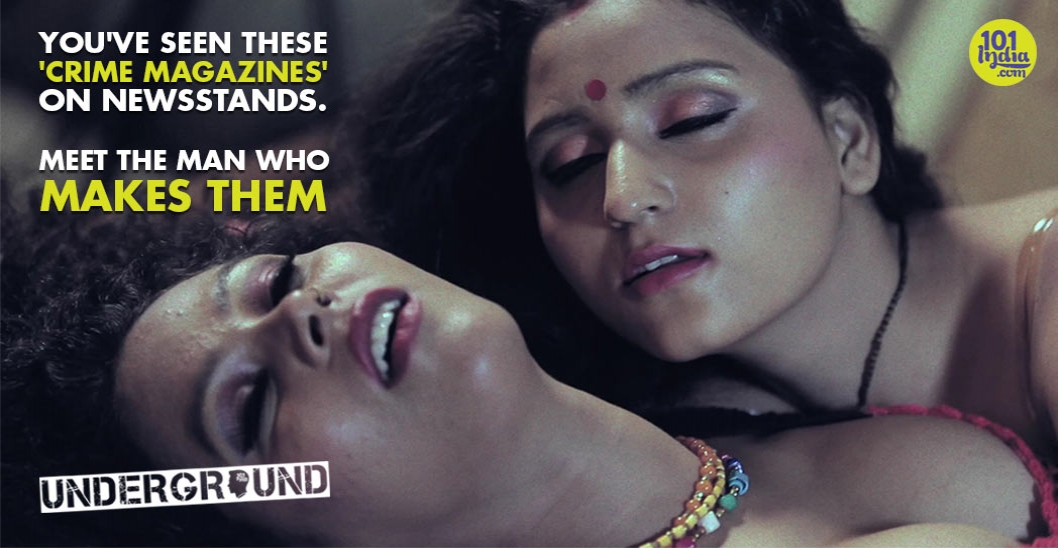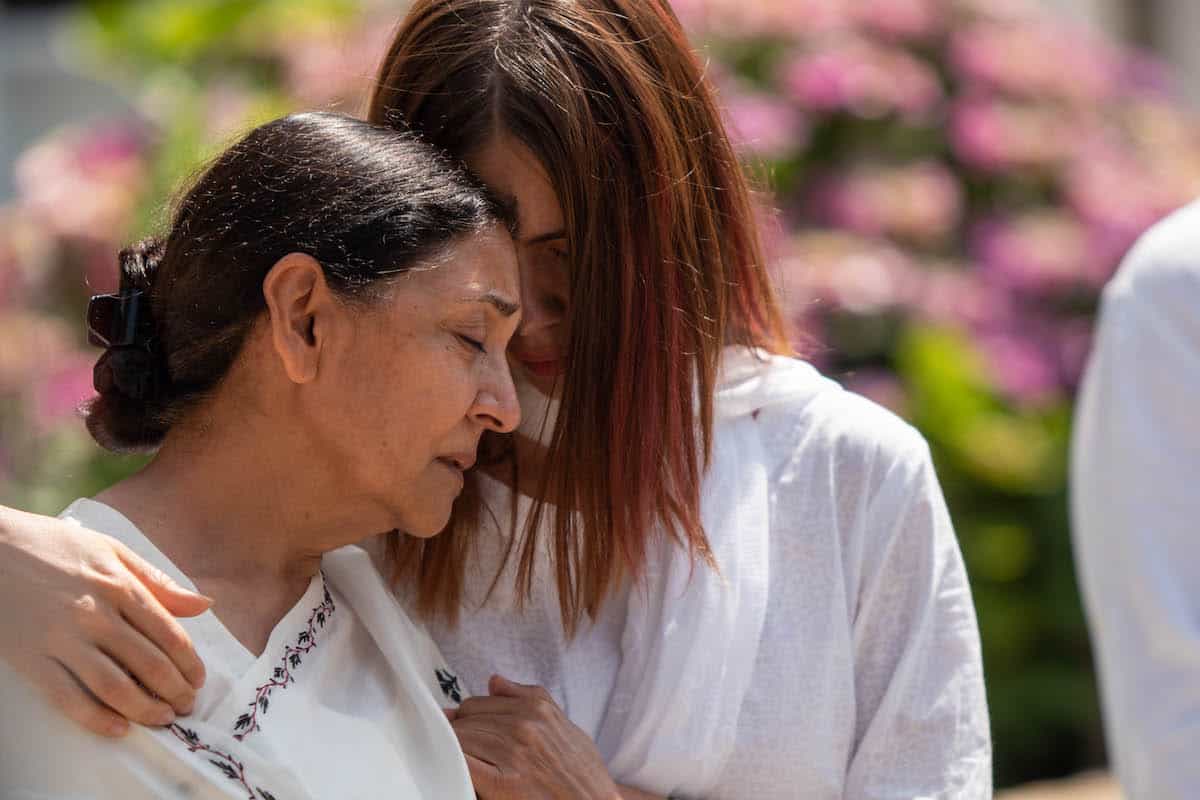By Rahul Desai
It was a chilly December morning. The 1990s smelled simpler. Around 80 kilometers from Gurgaon, a little Haryanvi village woke up to the cacophonous banter of city slickers. I scourged around restlessly during this annual visit to our ancestral haveli. Being the only child at these hasty family reunions, I’d be looking for activities between gobbling down parathas with dried-mango pickle. I soon discovered a treasure chest of ancient Beetle Bailey comics in a dusty storeroom. As I dug further, my untarnished 12-year-old eyes fell on an endlessly ‘colourful’ magazine cover. A secret stash. Penthouse? Hustler?
No, curiously, a desi name: Madhur Kathayen. Honeyed Stories, indeed.
Indians everywhere. (Honey-brown) skin everywhere. ‘Crime’ tales starring amorous servants, scheming mistresses and murderous bedrooms. Inventively illustrated, too. I had only just learned to read and write Hindi, so I decided to “practice” my skills further. Homework, of course. The next visit, I’d find ‘Crime and Detective’ – its sister English magazine, with plenty of cautionary text and loud photo-stories, but in a strange ‘Hinglish’ language I’d be delighted to find grammatical errors in. They didn’t teach this to us in school, I’d think, while turning glossy pages of scantily clad characters belonging to hinterland plots whose authenticity I didn’t care for. These trips became less lonely. Shikari Shambu and Archie could wait. I’d wonder who wrote these journals (terms like ‘editing,’ ‘journalism’ or ‘pulp fiction’ were alien to me), who read them, and why I’d see them strategically visible at stalls in the village but rarely in my city.
Call it smutty destiny or campy happenstance, I now find myself writing about an eight-minute film that (almost) addresses those spirited pre-teen queries. Made by youth digital portal 101India.com, this all-too-short documentary is appropriately titled, ‘Desi Pulp Ka Pasha.’ To be fair, even an 80-minute film on this notoriously popular sub-culture would barely quench the loins of my burning intrigue (my vocabulary is only internalizing the ‘Crime and Detective’ template to see how it feels – and reads).
His name, as it turns out, is Shailabh Rawat: the irrepressible brainchild behind the pages that dotted my unusually warm winter mornings. And for the uninitiated, like myself, he has been one of print’s most successful ‘true-crime’ editors since the 1980s. Those Noughties’ scene-recreating TV shows, anchored by intense male hosts, are merely audiovisual descendants of Mr. Rawat’s demonstrative vision. And this is exactly the tone the film begins with, too: a quasi-suspenseful summarizing montage, with Rawat’s voiceover progressively explaining how his business caters to society’s repressed sexual curiosity and “dark side,” while regressive images of seedy shoots, lithe waists and fleshy magazine covers [“Honour killing & Lady Contract Killer,” “Callgirl, Condom, Naya Kal (New Tomorrow)”] flash by. His shady-producer-ish, neatly combed jet-black (dyed) hair glistens as he smokes a pensive cigarette for the camera; one can well imagine actor Kumud Mishra stepping in for a Mastram-style ‘method’ biopic. From the looks of it, he still operates from a dingy North-Delhi office, continuing to churn out exceedingly passionate editions of masaledaar ‘dramatized reportage’. One reader’s guilty pleasure is another’s informative pilgrimage, and nobody recognizes this better than the 57-year-old writer-director.
He then goes on to sincerely explain the elaborate process – of translating hidden crime sagas sourced from obscure newspapers and police stations into semi-fictionalized heaving bosoms of entertaining page-spreads. The voyeur in us is awakened. And the ‘Bollywood’ blood in him takes center stage. The nuances of still photography are touched upon – how every lip-biting lustful gaze takes ages to design in sync with perfect lighting, positioning and timing. A perfectionist at work, creating an endearingly imperfect world of testosterone-fueled (read, ‘misogynistic’ for the judgment-inclined) fantasies. These photo-comics are anything but comical, at least at their conception and production stages. That is not to say there is no research and gritty reporting behind the scenes; only, the result proudly betrays the notion of ‘serious’ journalism. He even sees the irony of how its hyperbolic exoticism, though scoffed upon in his own country, is embraced by connoisseurs abroad. Blown-up displays of his work in French museums, panel discussions and full-length feature pieces in publications bear testimony to his undying legacy. He has been immortalized in prose repeatedly, but one needs more than this short live-action quickie to truly delve into his life’s Manohar Kahaaniyan – his hardcore ‘research’ days in Bombay’s red-light districts, loyal clientele, battle in the digital era, local media scrutiny and the countless (casting) methods behind this lubricated madness.
At one point, we see a few bold models (traditionally known as ‘strugglers’) awkwardly pose together on flowery bed-sheets executing Rawat’s animated instructions – a typically lurid peak into a rehearsed universe eons away from risqué B-movie soft porn. “If Bipasha or Mallika does the same thing, it isn’t frowned down upon like this,” one of them expresses, before declaring how much she enjoys her line of work. One can sense that this manufactured social threshold – this uncertain cult-inducing ground – between narrative fiction and exploitative sleaze is the only thing convincing her of its morality and legitimacy.
In a way, her director’s craft bears the same sensationalist ideology as that of a wealthy commercial filmmaker weeding out fiction from facts – except he caters to an entirely untapped set of eyes. Away from the blinding influx of technological evolution. Away from the internet, away from computers, cultural appropriation and even television sets. Much like my life back on those wintery village mornings.
(‘Desi Pulp ka Pasha’ can be viewed for free on 101India.com)







Leave A Comment
You must be logged in to post a comment.